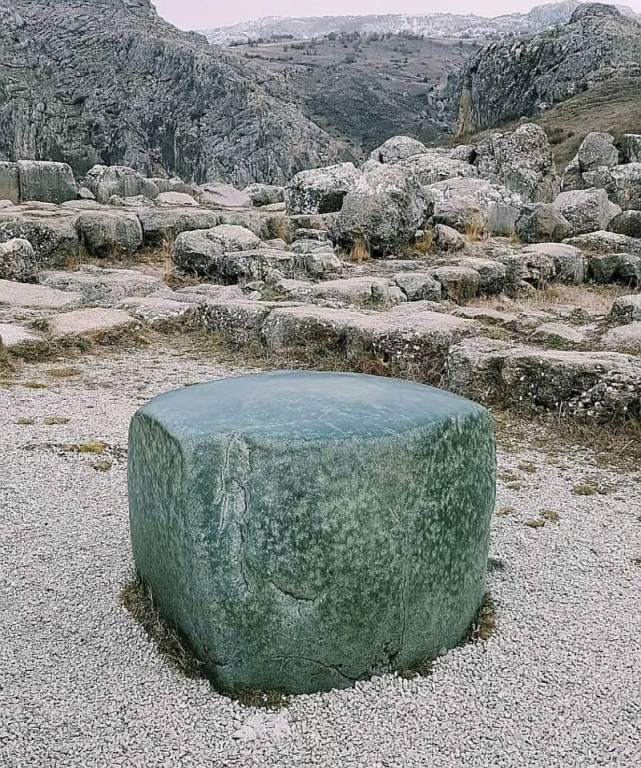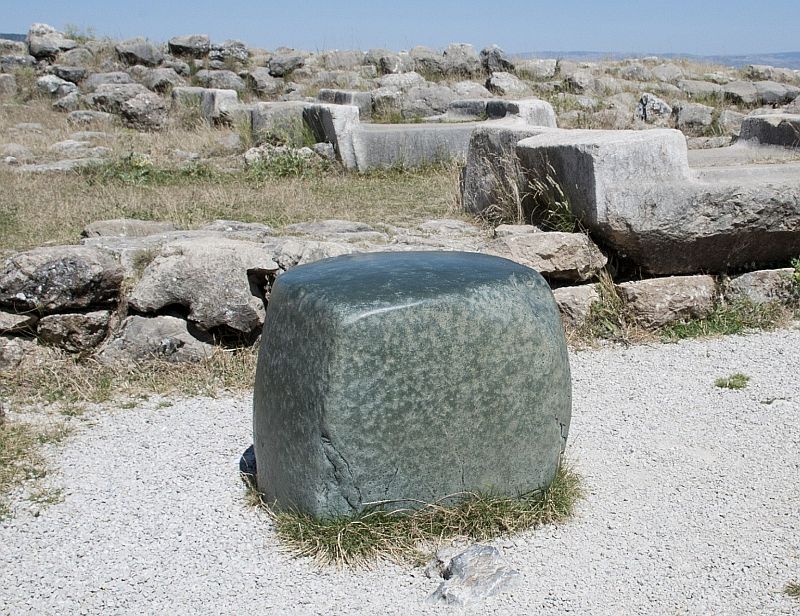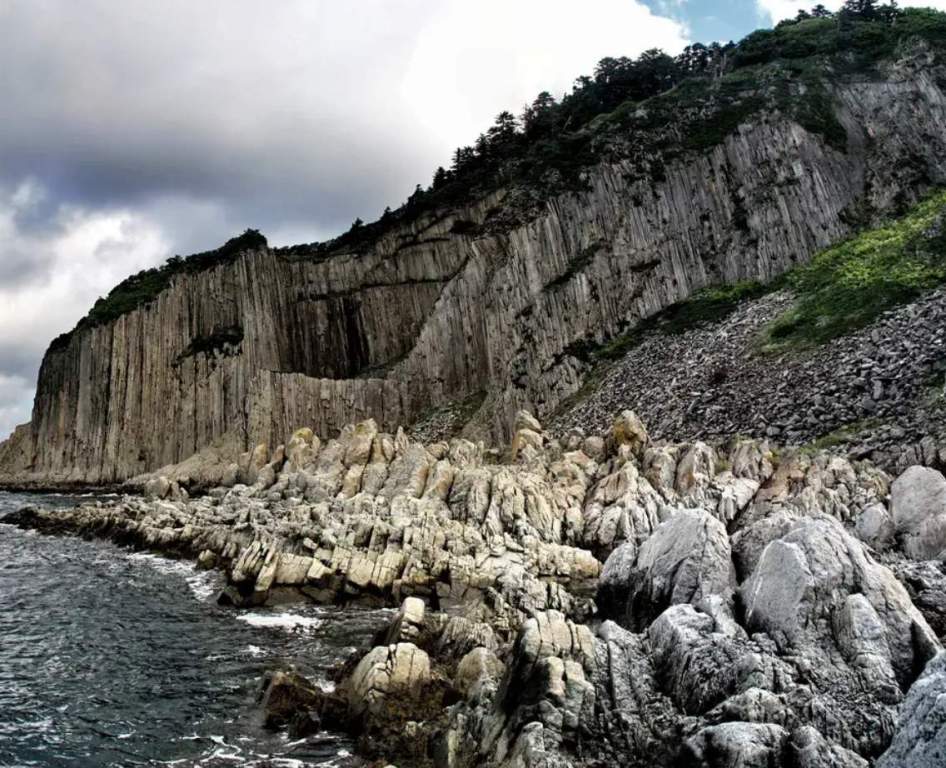The roughly cubic block of nephrite known as the Green Stone of Hattusa is situated among the remnants of the Great Temple at Hattusa, the capital of the Hittites in the late Bronze Age. One of the cultures that had a significant influence on the growth of urban life during the Late Bronze Age was the Hittite Empire. The world’s first peace treaty, the Kadesh Peace Treaty, was signed in Hattusha in 1280 B.C. by the Hittites and Egyptians.
The green stone is positioned on the hill above Boğazkale in the Turkish Province of Corum, Hattusa, which is a World Heritage Site. The Green Stone was discovered in a small room of the temple at the southern end of the roadway leading from the doorway. It is still there, exposed to the elements, and its current position beneath the door sills suggests that this was not its original location. Researchers are investigating the purpose of the rock and how it was transported to the ancient site.
Locals call it the “wish stone” quite frequently because of its enchanted reputation for fulfilling wishes. It has been suggested that it was just the plinth of a statue, although this is the only such stone discovered at Hattusa. The Green Stone, a cube-shaped chunk of nephrite, a prevalent dark green mineral in the area, is thought to have served a religious purpose, though it is unclear what that purpose may have been. The fact that the stone is housed in a storehouse within a temple complex suggests that it may have had some religious importance. Because of their significance to the Hittites and the stone bases of surviving statues, it is thought that this was for the worship of the Storm and the Sun.
“The green stone is very different from other stones in this archaeological site, and that is why it is attracting such attention,” says archaeologist Andreas Schachner. Although there are stones of this kind nearby, the position of this specific stone within Hattusa is what makes it noteworthy.
Every day, a large number of tourists from Turkey and other nations come to see it because of its enchanted reputation and the mystery surrounding its beginnings. Nevertheless, a number of these discoveries remain unsubstantiated by solid scientific data, which means that visitors of varying opinions frequently discuss these objects.
Read More: The 8 Most Fascinating Blue Holes in the World









